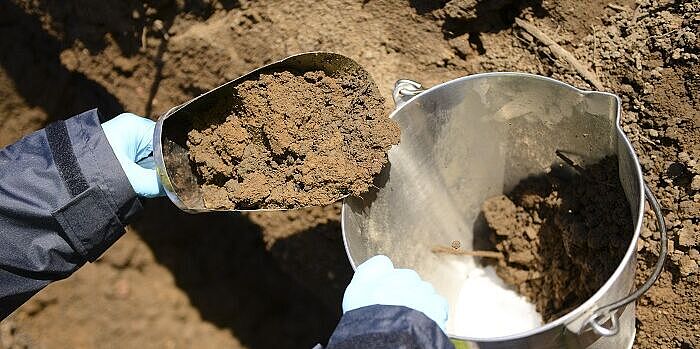New legislative regulations for environmental protection
The new version of the Law on Environmental Protection (GEO 195/2005) entered into force on July 16, following the amendments regarding the impact of odors on human health and the environment.

Odor law to prevent "olfactory discomfort"
The new version of the Law on Environmental Protection (GEO 195/2005) entered into force on July 16, following the amendments regarding the impact of odors on human health and the environment.
The law specifies the definition of olfactory discomfort and measures to manage this type of pollution such as preventing, reducing and even stopping the operation of facilities and the activity of factors whose emissions cause an olfactory discomfort that exceeds the permitted standards.
The "law of odors" does not refer to household and harmless odors, but to the polluting olfactory discomfort that affects air quality and has negative repercussions on the health of the population. Olfactometry or the method of determining the intensity of odors cannot be practiced only with the help of the device, being necessary the intervention of the human factor. There are specialists who determine with their own noses how clean or contaminated the air we breathe is.
The new amendments by GEO 195/2005 are important for:
- Local public authorities - which must include additional measures in urban plans, but also control odor-generating activities for which no environmental regulations have been issued;
- Health authorities - which must assess, control and impose measures to reduce the olfactory impact where appropriate;
- Environmental authorities - which must impose measures in regulatory acts and control odor-generating activities;
- Businesses and individuals - who carry out odor-generating activities and must monitor the odors generated by the activity, draw up plans to manage olfactory discomfort and find solutions to retain and direct emissions and / or discharges to an appropriate system of odor reduction
- Citizens bothered by odors from certain activities.
Environmental law: SIATD packaging waste application
Order no. 1595/2020 for the approval of the Instructions for the use of the computer application The computer system for ensuring waste traceability (SIATD), in order to monitor and verify the correctness of transactions with packaging waste in the extended liability system of the manufacturer came into force on August 25, 2020
The SIATD electronic application allows real-time monitoring, at the level of accounting and supporting financial document, of transactions with packaging waste for which the responsibility transfer organizations (OTRs) finance the collection costs.
SIATD is intended for the following categories of users:
- organizations implementing extended producer responsibility ("OIREP");
- economic operators that carry out collection, recovery / recycling, sanitation, sorting, treatment activities;
- intra-community development associations, administrative-territorial units.
They have the obligation to report in SIATD all transactions with collected and recycled / recovered packaging waste through which the OIREPs achieve the objectives of the economic agents that have transferred the responsibility.
Starting with January 1, 2021, the reporting of the traceability of packaging waste in the free computer application SIATD, provided by AFM becomes mandatory.
The consulting division of WESSLING Romania is at your disposal with answers to questions on these topics.
Read more
All newsContact:
- Mariana Chivu
- +4 0752 062 397
- mariana.chivu@wessling.ro


